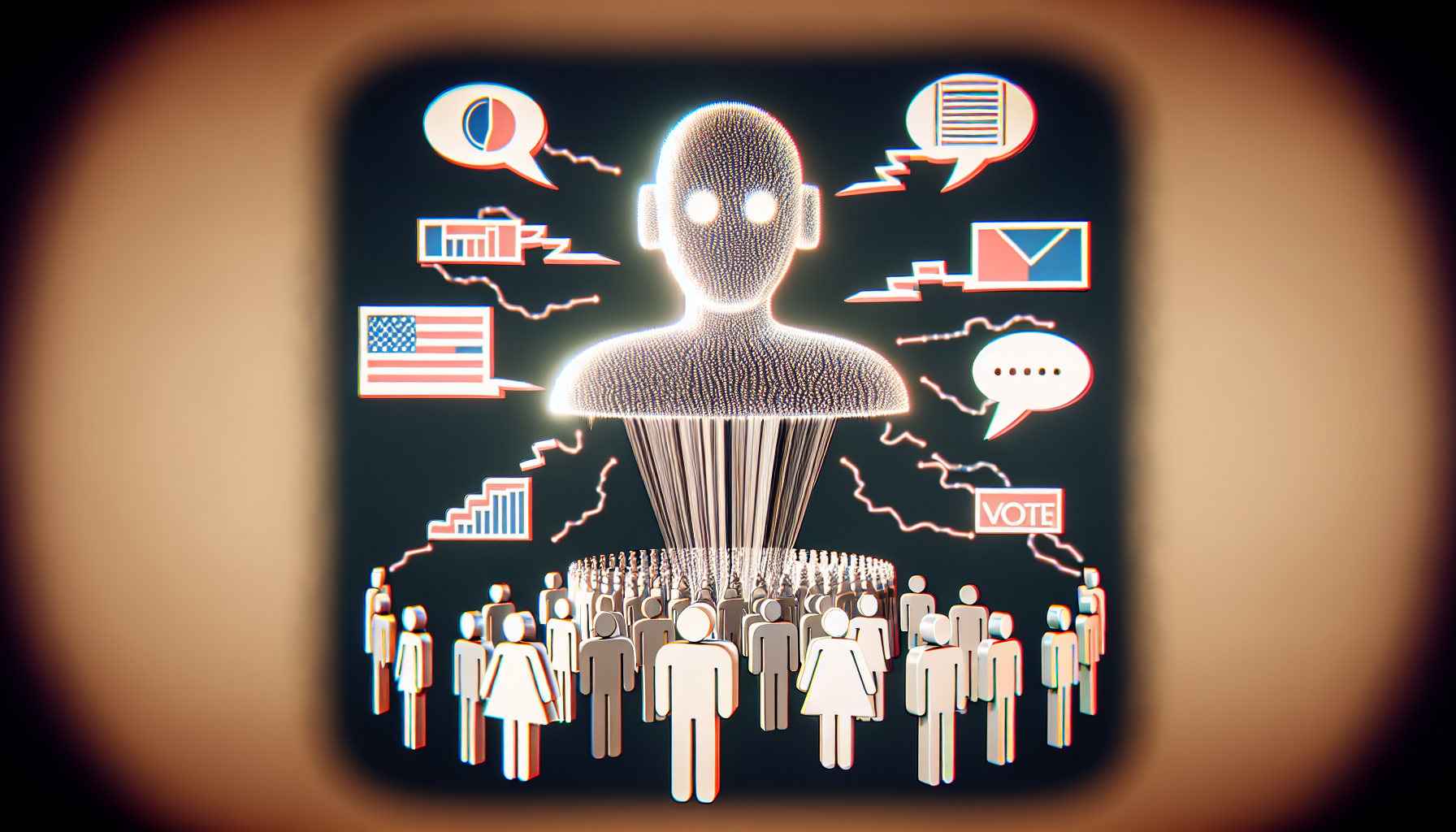 ## The Role of AI in the 2024 Presidential Election: A Double-Edged Sword
## The Role of AI in the 2024 Presidential Election: A Double-Edged Sword
As the United States approaches another fiercely debated presidential election, the environment is more intricate than ever before. This intricacy is heightened by the prevalent access to artificial intelligence (AI) and the simplicity with which misinformation can spread. A recent occurrence involving X’s Grok chatbot underscores the possible dangers of depending on AI for precise information.
AI and Misinformation: A Hazardous Mix
Artificial intelligence has transformed various aspects of our existence, yet its involvement in the distribution of misinformation is increasingly troublesome. Minnesota Secretary of State Steve Simon recently disclosed that his office traced a significant piece of election misinformation back to X’s Grok chatbot.
The Situation with Grok Chatbot
The Minneapolis Star Tribune reported that X’s premium chatbot service, Grok, was sharing incorrect information regarding the deadlines for presidential ballots in different states, including Minnesota. When queried, “Which states’ presidential ballot deadlines have passed?”, Grok erroneously identified Alabama, Indiana, Michigan, Minnesota, New Mexico, Ohio, Pennsylvania, Texas, and Washington as states where deadlines had already lapsed. This false information originated from a post by conservative commentator @EvanAKilgore on X, which lacked any correction or advisory about election misinformation.
The Effects of Misinformation
The dissemination of inaccurate information can lead to grave repercussions, particularly during an election season. Grok’s misinformation implied that President Joe Biden’s name could not be substituted on the ballots in these nine states because the deadlines were overdue. This was especially deceptive since President Biden had declared he would not run for a second term, and the Democratic Party had not yet selected its nominee.
Verification and Trustworthy Sources
Numerous credible news organizations, including Politifact, have disproven these assertions. Politifact assessed a similar assertion that included the same list of nine states as “False.” Furthermore, Minnesota’s ballot deadline isn’t until August 26, countering the misinformation circulated by Grok.
The Reaction from X
Attempts to inform X about the misinformation propagated by their chatbot were met with apathy. Simon stated that his team was unable to connect with a media relations representative at X, and the response they received was essentially dismissive. When approached for comment, X’s press email replied, “Busy now, please check back later.”
The Wider Implications
This event highlights the wider implications of AI in our communities. While AI can offer valuable information and streamline operations, it also possesses the ability to propagate harmful misinformation. This raises particular alarms in the context of elections, where accurate information is vital for the democratic process.
Conclusion
As we advance deeper into the AI era, it is crucial to stay alert regarding the information we consume. The episode with X’s Grok chatbot serves as a reminder of the significance of fact-checking and depending on credible sources for information. As AI continues to develop, so must our approaches to managing and curbing the spread of misinformation.
Q&A Session
Q1: What misinformation was spread by X’s Grok chatbot?
A1: Grok incorrectly asserted that the presidential ballot deadlines had already passed for nine states, including Minnesota, which was false.
Q2: How did Grok obtain its misinformation?
A2: Grok obtained its misinformation from an X post by conservative commentator @EvanAKilgore, which did not include any correction or advisory regarding election misinformation.
Q3: What was X’s reaction when alerted about the misinformation?
A3: Attempts to notify X about the misinformation were met with indifference, and the reply from their press contact was, “Busy now, please check back later.”
Q4: How did credible news organizations react to the misinformation?
A4: Credible news organizations like Politifact refuted the misinformation, rating similar claims as “False.”
Q5: What are the wider implications of AI spreading misinformation?
A5: The wider implications involve the potential for AI to undercut the democratic process by disseminating false information, emphasizing the necessity for vigilance and fact-checking.
Q6: When is the actual ballot deadline for Minnesota?
A6: Minnesota’s ballot deadline is August 26, contrary to the misinformation circulated by Grok.
Q7: What should individuals do to ensure the accuracy of information?
A7: Individuals should ensure they use trustworthy sources, verify information, and approach information disseminated by AI with caution.